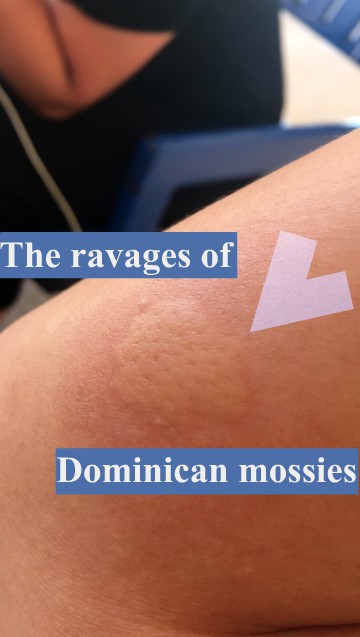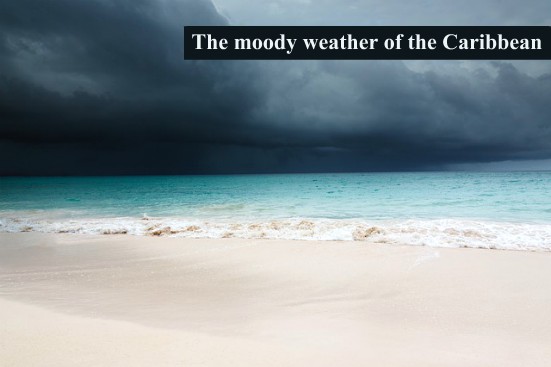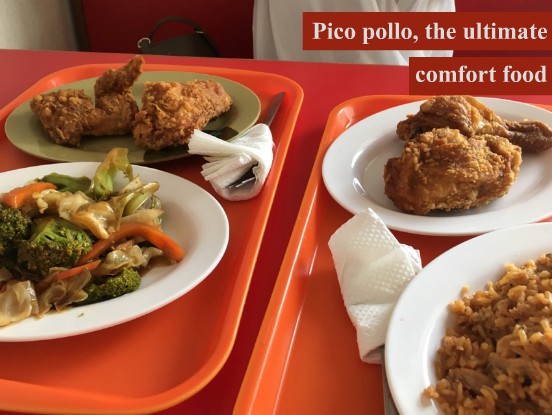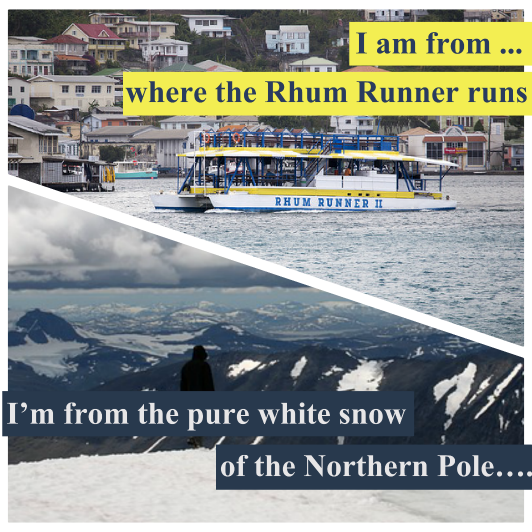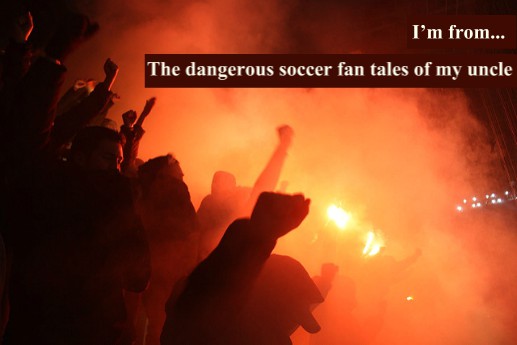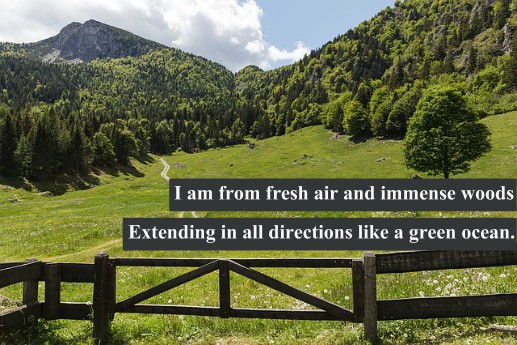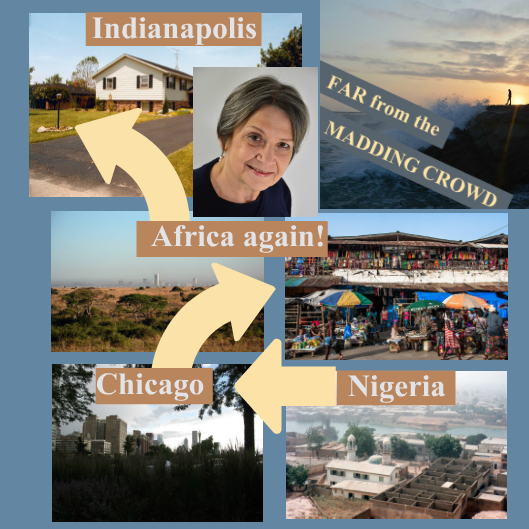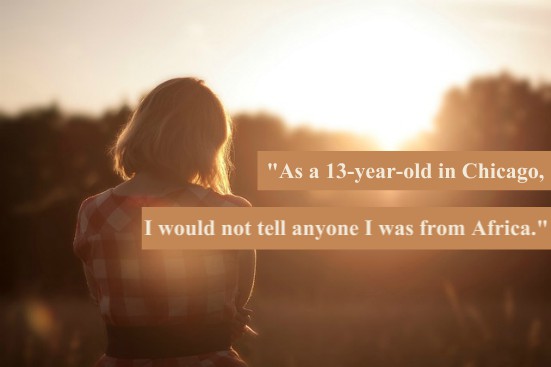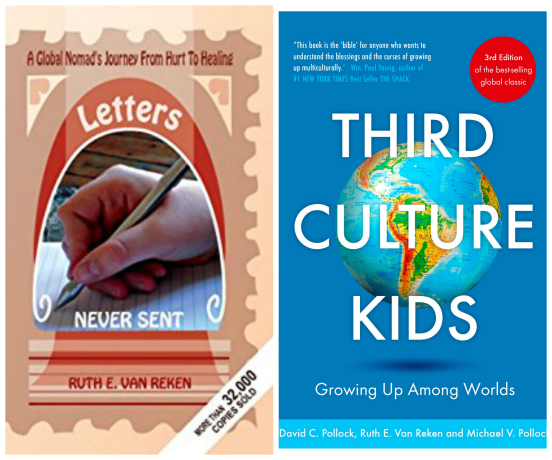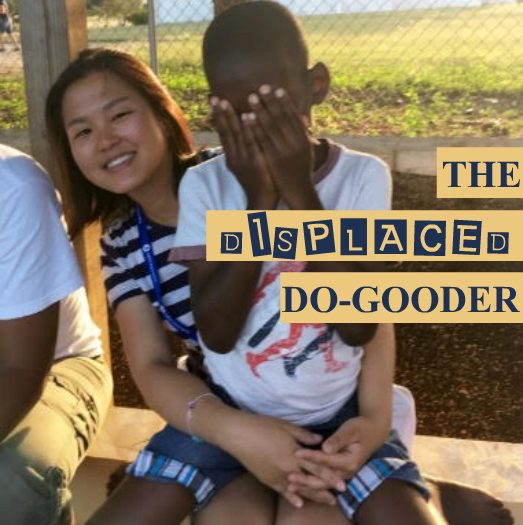
New columnist Joanna Sun is back. Born and raised in Seoul, Korea, she spent her college years studying public health in New Zealand. And now she’s displaced again—on a philanthropic mission in the Dominican Republic. This month she shares with us what it was like to live as a Third Culture Kid in Auckland. —ML Awanohara
Hello, Displaced Nationers.
As I explained in my last post, the Dominican Republic is not my first experience of living abroad. The first time I ventured overseas was to New Zealand, for education.
As I’m sure you know, most Asian countries put a strong emphasis on education and academic excellence. When I was growing up there was a boom in teaching children English to children in Korea. (It’s an even bigger trend now.)
I think that was why, when my aunty emigrated to Auckland, New Zealand, my parents thought it would be a good idea for me to join her for a few months. Initially, it was a short-term plan: I would stay with my aunty for around a year or so to pick up English. But then I ended up falling in love with the country and decided to stay for much longer. I attended, and then graduated from, the University of Auckland, with a degree in public health.
When my parents first approached me about going to NZ, I was 10 and didn’t have a clear picture of what I was really getting into. Mainly I was intrigued by the idea of going on a plane. As explained in my last post, I always get nauseous on planes, but this first time I was too excited to care.
Knowing what I know now, I wonder why I wasn’t more terrified of going into a country with another language and culture. I guess that is just a part of my personality because I was excited above all—and didn’t even care that I wouldn’t see my parents for a few months (sorry, mum and dad, love you!).
Looking back, I also don’t recall what it was about NZ that impressed my youthful mind so much. It might have been the amazing beaches everywhere you turn or just the tranquil and peaceful vibe that Kiwis give off. Whatever it was, I fell madly in love with NZ and still feel passionate about that part of the world. If I was given another opportunity to choose between NZ and Korea, I would choose NZ all over again.
What I missed about Korea: The food!
This is not to say I don’t love my native Korea. I do! Like any other person on earth, I am not happy with every single aspect of home. For instance, Koreans put too much focus on academic excellence, leaving little room for creativity.
But I love lots of things about Korean culture—especially the food. If you’re not familiar with Korean cuisine, can I urge you to go and try:
● Korean fried chicken;
● Bulgogi (marinated beef; 불고기); and
● Soondae (순대), which is similar to a blood sausage, with tteok-bokki (떡볶기), or fried Korean rice cake, in a spicy sauce.
If anyone visits Korea any time soon, eat for me so I can live vicariously, because it has been five months since I ate decent Korean food. As you can imagine in a place like the Dominican Republic, where all Asians are referred to as Chinos (see my last post), you don’t see very many Korean restaurants. (That said, I have found two Korean restaurants in the DR, but I’ll save for a later account.)
Ah, also, should you ever get a chance to visit Korea, there is no need for a car—because the public transport system, especially in Seoul, is amazing. You get on the subway and it connects to everywhere you might want to go. The system never ceases to amaze me. Subways are punctual, cheap and easy to use. Even if you get lost there is an identical loop that will take you back to where you got on, so there is no need to panic. (Though I would not recommend using it in rush hour…)

Novelties and culture shocks aplenty
Getting back to NZ: it was my first time to be surrounded by mostly Caucasian, English-speaking people. Sure, I had seen foreign people on TV and all, but there were very few living in Korea, even in Seoul, where I grew up.
(Nowadays it is different. I am surprised to see more and more foreigners in Korea every time I visit. If you go to Korea now, you will find a place in Seoul called Itaewon (이태원), which is basically a foreigner’s town. They have lots of restaurants, entertainment and shops that are targeted at tourists.)
It was also my first experience of diversity. Compared to NZ, Korea is much more homogeneous, with a single race and culture. I understood the concept of a melting pot, where all the cultures are expected to blend with each other, but I noticed there were people who seemed opposed to that idea. I never quite understood how it works. Like everything else, diversity has its positives and its negatives, I guess.
Similar to other first-timers in NZ, my most memorable experiences include:
● Watching the haka, the traditional war dance of the Māori.
● Tasting pavlova—let’s not even get into the argument of whether it is from Aussies or Kiwis; nonetheless it was my first time trying this marvelous dessert.
● Gorging on kiwi fruit.
● Seeing a kiwi bird for the first time (the national symbol of NZ, from which the nickname comes).
● Picking up Kiwi slang that I use to this day in the DR (English speakers from other parts of the world haven’t got a clue what I’m talking about): e.g., togs (swimsuits) and jandals (flip flops/thongs).
Back when I first arrived in NZ, the Korean community was relatively small, which probably helped me learn English quickly, because in around a year I was reasonably fluent. Of course, it took much longer to become fully proficient.
I am seeing the same pattern here in the DR. Not many people speak English, and even when they do it is very basic. So I am hoping this will help me to pick up Spanish faster.

Impressions of the South Island
Moving on, I am assuming you have heard that NZ is the place that brought J.R.R. Tolkien’s landscapes to life. That was thanks to New Zealand-born filmmaker Peter Jackson, who opted to film The Lord of the Rings trilogy and The Hobbit trilogy entirely in his native land, taking advantage of the astonishing terrains on both North and South Islands.
NZ’s South Island is, of course, very different, from the North Island, starting with the climate. It snows in the South Island in winters but not in the North, where the lakes keep temperatures warmer.
I visited the South Island only once during my stay: venturing to Queenstown, a resort town in the southwestern part of the island. I did all the things a tourist would do, including skiing, visiting Ferg Burger (which, by the way, is amazing: they make burgers the size of your face; I really think they should bring it up to the North, too) and going on the luge ride.
I did not, however, try out bungee jumping… I am terrified of heights. As even going up there gives me the creeps, I feared I might have a heart attack once I started free falling.
Ah, and one last thing: there’s a cookie bar in Queenstown! It serves hot cookies and there’s warm milk on tap at the “bar”. Since I do not enjoy drinking all that much, I was in my element here: lots of chocolate, sugar and warm milk.

Writing this post about my first displacement makes me realize how grateful I am to my parents for allowing me to see the world from a different lens and experience another culture, at such a young age. I also want to thank my lovely aunty, who sacrificed so much to look after me, and put up with my rebellious teenage years.
At some point in the future, I might write about how being displaced in NZ affected my feelings about Korea (and even the Dominican Republic): it’s really been an interesting dynamic.

* * *
Thanks, Joanna! I love the way you’ve managed to recapture your first impressions of New Zealand as a Korean youth. Those burgers and that cookie bar sound amazing! And I don’t blame you for giving bungee jumping a miss: it shows me you are sensible!
Readers, any thoughts for Joanna, or questions you’d like her to address in future posts? Please let us know in the comments.
STAY TUNED for next week’s fab posts!
If you enjoyed this post, we invite you to register for The Displaced Dispatch, a round up of biweekly posts from The Displaced Nation and much, much more. Register for The Displaced Dispatch by clicking here!
Related posts:
Photo credits:
Opening photo, Korean food photo, and photos of NZ and DR beaches were supplied.
North Island collage: All photos from Pixabay except for: [Street scene in Auckland], by Naoki Sato via Flickr (CC BY-SA 2.0); and [jandals], by jase via Flickr (CC BY 2.0).
South Island collage: Photos from Pixabay except for the two food ones: Ferg Loves You, by Nogwater via Flickr (CC BY-SA 2.0); and FB photo by Cookie Tie Cookie Bar Queenstown.




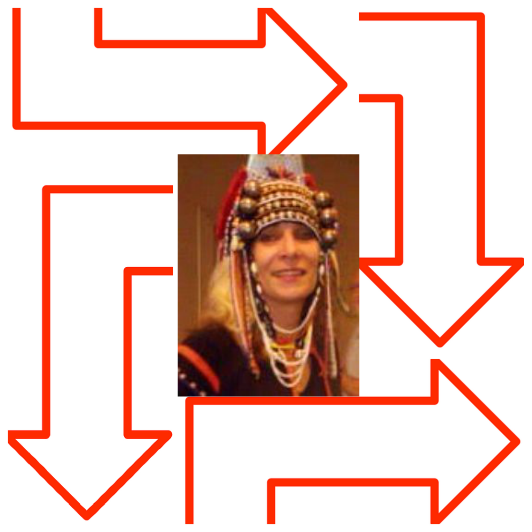


 In South Africa, at
In South Africa, at 











